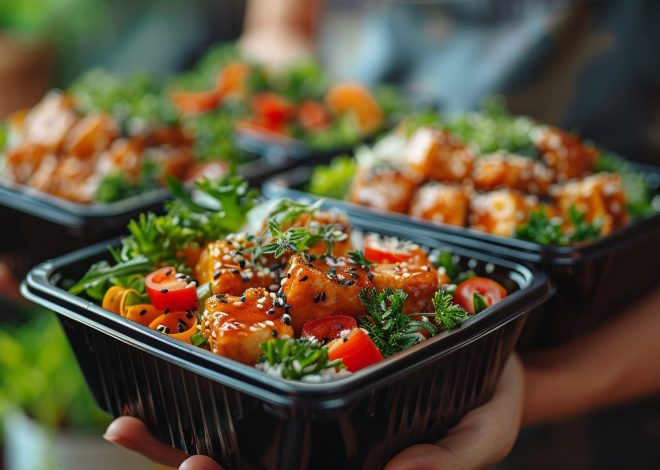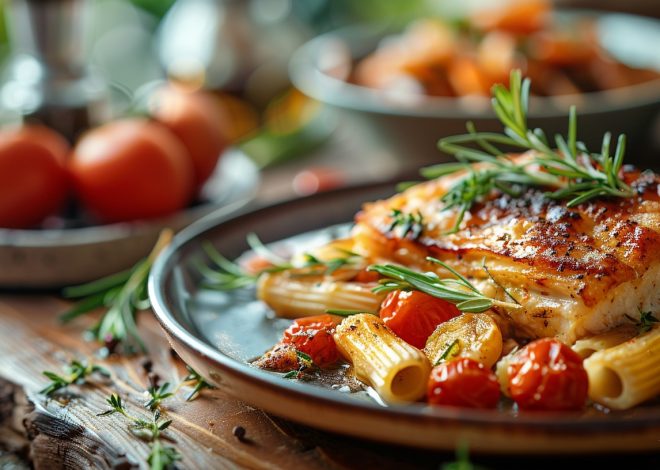
How to create a menu for a restaurant – useful tips
With your dream of opening a restaurant becoming a reality, the next crucial step is creating a restaurant menu. Although this is a detailed and thoughtful process, the path to finalizing a food and drink menu is straightforward. Thus, explore the detailed guide below to learn how to create a restaurant menu in fourteen effortless steps.
Establishing Your Restaurant’s Concept
A clear and cohesive theme or vision is essential. This could range from the ambiance you want to create to the experience you wish to offer your patrons. Your concept should resonate through every aspect of your restaurant, from the decor to the plating.
Developing Your Restaurant’s Cuisine
Choosing a specific cuisine directly ties into your restaurant’s concept and helps define your target market. It also sets expectations for your guests regarding their dining experience at your establishment.
Deciding on the Number of Menu Sections
This structure helps organize your menu logically and can influence the diner’s choice process. It’s also critical for inventory management and kitchen operations.
Planning for Food Allergies
Offering allergen-free options is not just about inclusivity; it’s necessary in today’s dining landscape. Clear labeling and staff training on food allergies can enhance guest safety and satisfaction.
Accommodating Dietary Restrictions
By catering to various dietary needs, you broaden your restaurant’s appeal. This approach attracts a wider customer base and shows your commitment to customer care and service.
Providing Descriptions for Each Dish
Detailed descriptions can tempt customers and help them make informed choices. They also play a role in setting expectations regarding taste, texture, and presentation.
Offering a Variety Within Each Section
Variety ensures something for everyone, but balancing this with stock management is critical to minimizing waste and maximizing freshness.
Setting Menu Prices
To maintain profitability, calculate the cost of each ingredient and decide on an appropriate markup for every dish. Aim for a food cost percentage between 30% and 35%. This means if your food sales amount to $100, the cost of ingredients should be between $30 and $35. Note that beverage cost percentages are typically lower, around 20% to 25%.

Creating Recipes for Each Dish
Consistency is king in the restaurant business. Detailed recipes ensure every dish is replicated perfectly every time, creating a reliable dining experience for your patrons.
Analyzing Local Market Income Data
Know your target market’s spending habits by checking local income data. This lets you set your dish prices according to your restaurant’s concept and location. High-end restaurants may struggle in low-income areas, while budget-friendly spots might not attract customers in affluent neighborhoods. Understanding your ideal customer’s spending habits is crucial to pricing your menu correctly.
Implementing a Premium Pricing Strategy
Consider a premium pricing strategy to elevate your restaurant’s perceived value by setting prices slightly higher than those of competitors. This approach suggests superior quality to consumers. Survey competitor pricing and aim for your prices to be 15%-20% higher, but be wary of steep increases that could deter sales.
Designing Your Restaurant Menu
Your menu design is crucial to your branding and should be creatively approached. Hiring a professional marketer or graphic designer is advisable if design isn’t your strength. The design process should include menu format and page count decisions, incorporating your restaurant’s theme, and utilizing suitable fonts and colors. For simplicity or due to time constraints, a minimalist black-and-white theme can be elegant and effective.
Printing the Final Menu
After completing your menu design, investing in professional printing services is vital. High-quality printed menus reflect your establishment’s standard and enhance customers’ overall dining experience.
Creating a Custom QR Code for Digital Access
QR codes for digital menu access seamlessly integrate physical and digital dining experiences. QR codes are convenient for customers who want to browse your menu and make managing and updating your offerings easier.
Implementing these strategies effectively can significantly impact your restaurant’s operational efficiency, customer satisfaction, and profitability.



